Inside the Mind of Kook Ewo, Title Sequence Designer & Director
If you haven’t heard the name Kook Ewo, perhaps you have seen some of his work in films such as Silent Hill, Fracture and the recently released Splice featuring Adrian Brody and Sarah Polley. Hailing from beautiful Paris, France, Kook is carving out a name for himself designing and creating film title sequences with his amazing sense of style, wonderful typography and gorgeous colors. On top of that, he’s moved into the director’s chair for commercials and short films such as Sept. and Black Night is Falling. When we were given the opportunity to interview Kook Ewo, we jumped at it with open arms. It’s not every day you can get inside the mind of a modern marvel.
First, I want to thank you very much for doing this interview. It is an honor!
Thank you very much. I love your website. You really provide interesting reflections about the motion graphics world… Love your article about preproduction by the way.
Thank you! When did you decide you wanted to become a motion graphics/vfx artist and what spurred your decision?
I never really decided to be in motion graphics. It came through years, by meeting people.
But I knew early that I wanted to focus on title sequences.
Did you attend college or are you self-taught, and do you continue your education today through online, traditional or other methods?
I’m a self-taught person. I started working at 18 and i always did my education through new projects.
I love to test a software. I like to think, “What if i want to make that specific thing and spend hours to do it without been shown by someone?” I know it’s during this process that i learn–by making mistakes–and once I’ve found it, I can think efficiently and start to find the better way. That’s how I know some tricky things in software. Plus, I always talk to some friends who are into motion design and show me good stuff! Tutorials are amazing to learn but, as they’re telling you one common way of making things, they could also prevent to think your own way.
How did you get your start in the industry?
user submitted question by
As a teenager, I wanted to be a photographer or journalist.
At 19, I set up a small company with a friend doing corporate and short films in which I learned editing, then After Effects. Then I wrote articles about compositing software in broadcast magazines. Then I taught After Effect and Final Cut lessons in a training center. Then, at the same time during 5 years, I worked at TF1 (TV), Hk video (DVD menus) and at yeast Films (Vjing, doc, music video company based in London). Then I did some titles for documentaries, shorts and low budget features. Then Christophe Gans called me to work on Silent Hill and I did the title sequence. Then I did Previz supervisor during 2 years, and some titles for film. Then V. Natali called me to do Splice and I worked on some other big features… Now I’m beginning to direct some commercials in Paris and I’m trying to work out how to make my first feature film to happen.
What made you decide to focus on becoming a title sequence designer and director?
Title sequences excite me because they’re all about fitting into an existing universe. You have to bring a new note into a melody. I don’t think I’ve one specific, very strong style (except some obsessions/gimics) and that’s what helps me the most in this job. I’m not obsessed by showing beautiful looking things, I’m obsessed to stay in the melody; in the right mood. My work is all about that.
Also, that explains why a lot of very good motion designers don’t make title sequence for films; It’s because they don’t want to fit. They want to put their own style into it. I heard many times good designers telling me they feel frustrated by a reject, but i’m telling them it’s not about their work (which is brilliant); it’s about feeling the movie. It’s about you getting into it, not the opposite. That’s also explains why very good title sequences done by those amazing designers are most of the time for festivals.
Directing is my other passions. I can’t really explain why; it’s from my teenager period! I think I just love the idea of telling a story that will keep people thinking about it.
Each title sequence you’ve worked on has a specific style that fits the project perfectly. Where do you get your inspiration?
FYM and user submitted question by
Yes, I try to fit. That’s the main thing. I mostly get my inspiration from music. I try to find the good track for the mood, then I try to resolve an equation considering all the parameters: what the director wants to feel in the sequence, what it could narratively express, what he wants to prevent… then the film itself, its mood, the director sensitivity, etc. Then I find an approximative result. This result is a concept of what the sequence could look like and could narratively tell. Then if the director accepts it, we add ideas and shots; that’s the fun part. Then, once we’re happy with it, I do all storyboards (with a storyboarder) and we make it (I always did that part myself except on Splice, which was full 3 mins CG). I think the director feels happy to work this way as it’s not about someone taking a part of his film an showing the result; it’s about someone who will help to make the sequence happen the way he wants.
What is your creative process like/How does a project progress creatively for you?
user submitted question by
I try to not to take my tablet pen and look at the last trends on internet. I try to escape from the office, to remember all the details of my conversation with the director and I try to let it come through music. And most of all, I try to not to think I’m in a creative process. It’s like thinking about how to fall asleep before sleeping–you’ll never sleep.
How important is the pre-production process in designing and directing your title sequences?
Pre production is essential and it should be 80 % of work in a perfect world. That’s the main reason why I want to keep being a freelancer as I think it’s really hard to convince a design company to allow me to spend time to actually think without producing. That’s where you will think of the story before the style; it’s so essential. Once again, we often see the opposite: style before what it tells. It has to look good first. I’m forcing myself to not to show any picture reference at the very beginning of my work. I’m writing down what I’d like to see, to feel, to tell; not how that it will look like. And on top of that, you’re talking to a film director! So the guy knows how to imagine shots or concept; no need for big references I think. For Splice, everything was locked and greenlighted by text before any storyboard or references.
How do you go about finding work in the industry?
Sometimes directors contact me directly, but most of the time i’m the one who is trying to get in contact. It’s not easy. Directors are used to be contacted by companies, not by freelancers. They don’t really know how to deal with it. So I’m trying to make things as simple as possible for them. I’m just asking to have the opportunity to make a pitch, that’s all! Also, I hope “Splice” will help… !
Looking through you body of work, I couldn’t help but notice you amazing use of typography and color. How do you go about choosing the appropriate typefaces and colors for a project?
I sincerely love typography. It’s the simplest way to express complex, subtle ideas… And of course a good title sequence can be based only on typography. The other great thing is that everybody can tell what he can feel when he looks at them. That amazing, very powerful. Now, talking of the process, until now, choosing a font is quite simple to me and the directors. First, we find what he want to express. Then I suggest between 15-30 different fonts in that mood. Then we choose. 90% of the time, the director agrees on the 2 or 3 fonts I prefer of the 30. It’s important he sees 30 fonts because he really can see what works and what doesn’t. That can comfort him into the right choice.
That’s funny you talk about colors in my work because I think it’s a really one of the hardest part to me. I choose the colors real instinctively; i’ve no method for that.
Horror is difficult, I think – How do you know where the line is between cheesy and creepy, specifically with titles like Splice?
user submitted question by
Wow, hard question. Mmm, my taste/instinct I would say!
You do a lot of work from home. What hardware (computer, wacom tablet, etc.) applications and plug-ins do you use?
I’ve got a Mac Intel last generation with a lot of CPU’s, a 30 inch screen, another 24 for viewing HD at 1:1, a lot of RAM, some RAID O hard drives so I can work with DPX files (200 Mo/s), a wacom tablet, a boss soundsystem and a Spottify account; all i need. I work on After Effects, Photoshop, Illustrator, Final Cut, Syntheses, iView Media Pro. In After Effects, the background render script (amazing and free) completely changed my way of working. I’m rendering pre comp continuously now. For plug ins, I use what everybody’s got: Trapcode, Frischluft, Video Copilot Flares.
Are there any people or companies in the motion industry that inspire you or that you are consistently amazed by?
In the motion industry, there’s a lot of good ones. In title sequences, I would say only Prologue as they are always respecting the movies. Others are great but more into the general mood/trends and that makes a big difference to me. I would say those companies are inspiring one each other which is good for a certain time, but at some point everybody does quite the same, I think. Companies from South America and Spain are more promising to me as they seem to get used to experiments.
What is your “dream sequence” – the title sequence you would love (or would have loved) to work on? Which directors ?
user submitted question by
I would have loved to work on Barbarella’s title sequence. Partly for the joy to see the full footage of the sequence!
Now, more seriously, my dream sequence is the one I’ll have the chance to prepare before the actual shooting of the film! I know this will happen someday, but i’m eager ! I would love to work with so many directors the list would be too big… but here’s a top 10, dream list!
David Fincher – Guillermo Del Toro – Alejandro González Iñárritu – Alfonso Cuaron – Martin Scorsese – Sofia Coppola – David Lynch – James Cameron – Quentin tarantino – Michael Mann!
Is there anything you want to do with you career inside or outside of motion graphics/vfx?
I want to direct a feature film and a documentary. I also would like to spend more time in photography.
Is there anything upcoming projects you are working on that you can share with us?
I can’t share project but only titles! I’m now working on “30 beats” (directed by A.Lloyd, taking place in NYC) and “The Divide” (directed by X. Gens, a movie about people after the end of the world – ).
Upcoming (i hope, in discussions now) would be :
Fantomas (C. Gans)
The Tall Man (P. Laugier).
Another american movie (i can’t talk about).
What advice do you have for any future motionographers?
If you want to be a good designer, working for a lot of companies. Spend some time on tutorials because you’ll know how to do what people will ask. This would be your job and you can be happy with it. Now if you want to be happy in another way, get out, see other arts and never think you’re in the right place. I would add: don’t think you’re a killer because you know how to produce something that has already been done many times; try to make a simple thing that looks like who you are. That’s harder.
What do you think about the motion design community ?
I think that’s an amazing community and it can help so much for resolving problems and spread new ideas. Now, the problem is people are copying each other a lot. So, sometimes when you look at different reels, you find the same gimics, trends etc.. That’s a shame i think.
You’re a busy man. Thank you for taking the time to do this interview!
It’s a real pleasure. Thanks again!
You can view more of Kook Ewo’s work on his website The French Title. You can also contact him on his page, or email him: kewoweb @ mistice.com
All photos and work represented on this page created by Kook Ewo. Photos edited by John Kostrzewski.
Special thanks to for submitting the User Submitted Questions.

John Kostrzewski is the Editor of Fuel Your Motionography and a freelance motion graphics and visual effects artist, videographer and writer living in Minnesota. He is awesome. Follow him on Twitter at and .

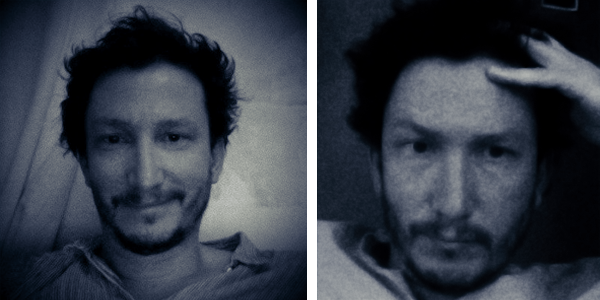
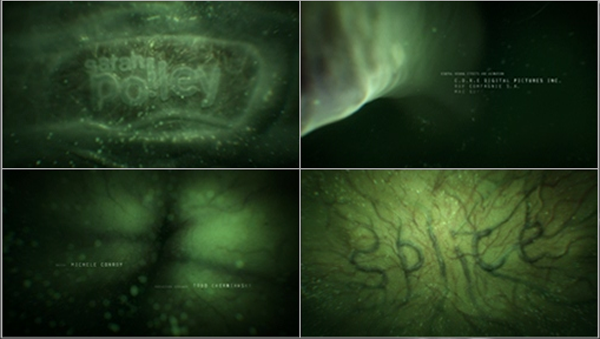

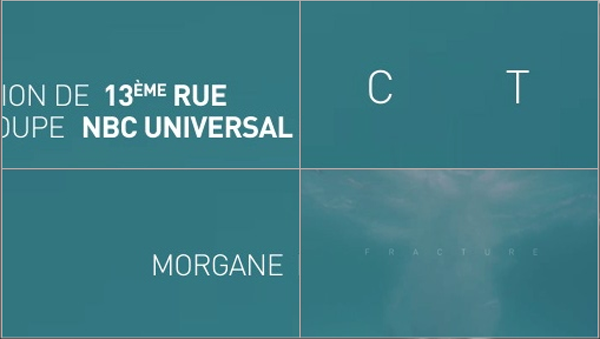
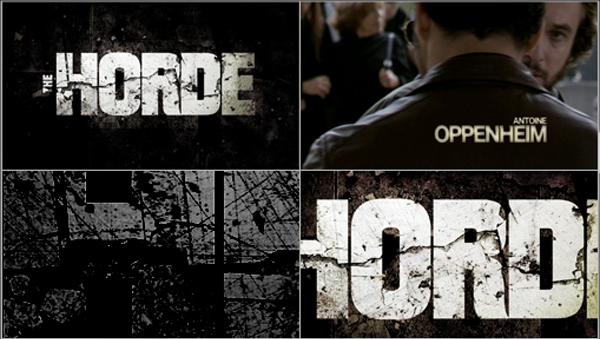
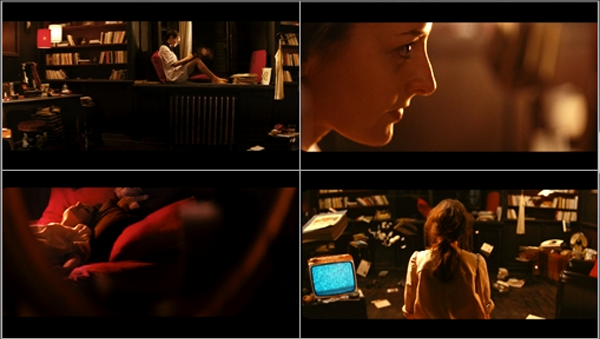
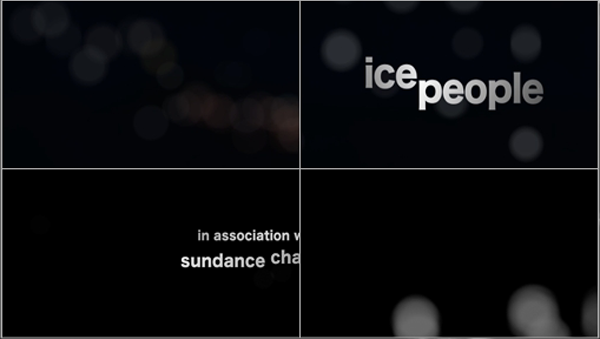

Excellent interview, John.
Thanks, Kook Ewo, for the inspiration!
Loved the titles for ‘Splice’! A little cartoony, but totally fit with the tone of the film. Very ‘Seven’ meets ‘Twilight Zone’/'X-Files’.
Keep up the awesome work!
Thanks @johnkostrzewski for giving us the opportunity to submit questions! Love the interview and hearing from Kook Ewo – MORE! :D
I’ll try to think of more “hard” questions next time!
Thank you for submitting the questions!
I figured the only thing better than reading an interview is participating in it, and I knew people had questions they wanted answered. Kook was thrilled to do an interview and even more excited to have user submitted questions, so it worked out perfectly!
Keep your eyes peeled for more chances to submit questions because we plan on continuing letting the readers ask them in future interviews.